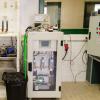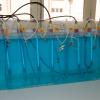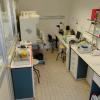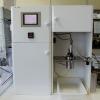- What is the IA2?
- Research and Transfer
- Services
- Press and dissemination
- Calls
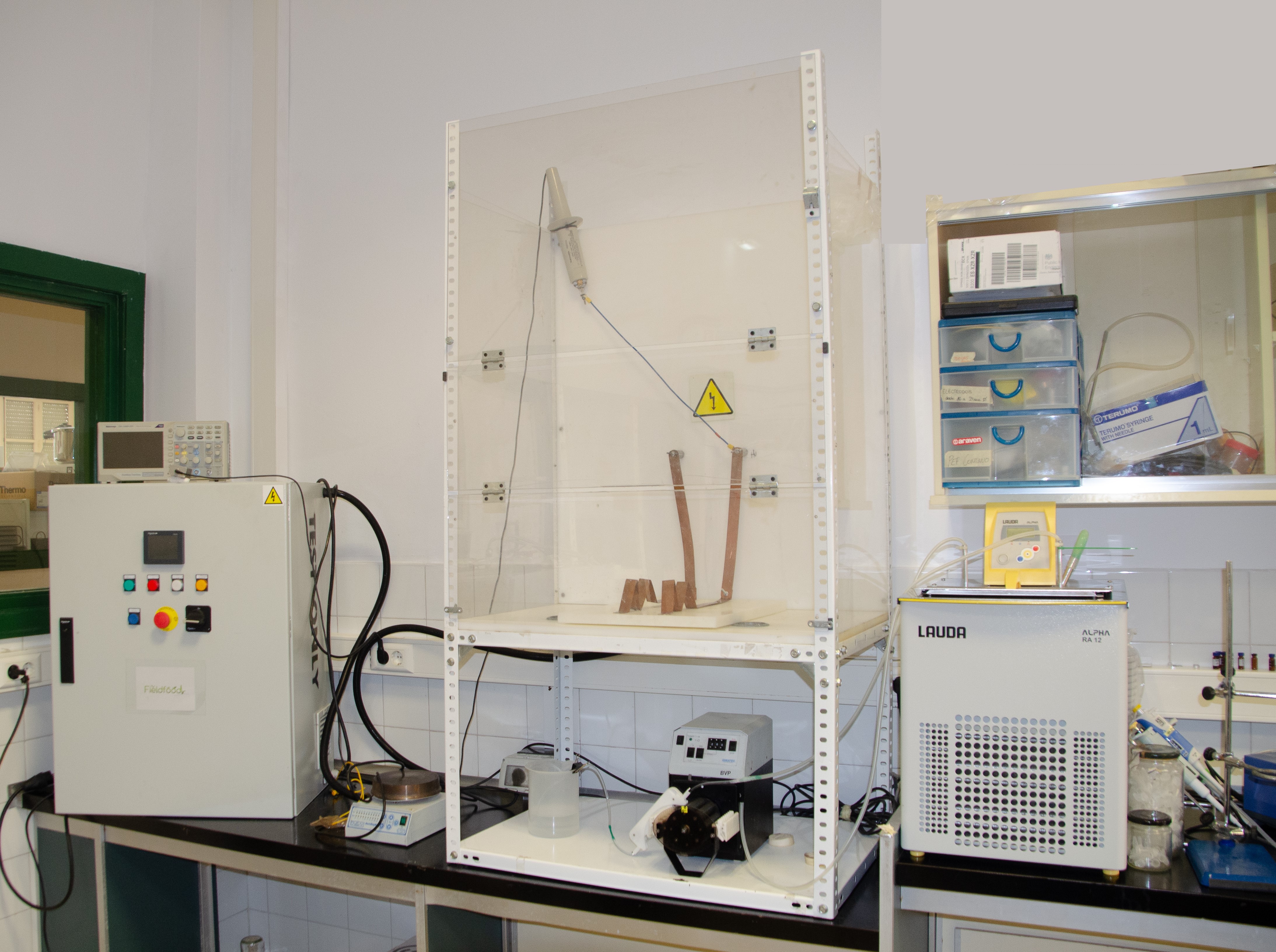
Research laboratories for new food processing and preservation technologies
Location
University of Zaragoza. Faculty of Veterinary Medicine. Zootechnics Building
Equipment
Interrelated laboratories that provide scientific and technical support to research in the study of the physical, chemical and biological bases of the effects of new processing and preservation technologies in order to, through the knowledge acquired, design more efficient processes with less environmental impact, which allow obtaining safer, cheaper and better quality foods or components.
The group focuses part of its research activity on the study of food preservation and sanitization methodologies that allow the preservation of the product throughout its useful life with maximum guarantees of safety and stability. The technologies under study range from the traditional application of heat to the combination of different technologies at low intensity.
It also develops its research activity in the study of the application of new emerging technologies in food processing, with the aim of obtaining, optimizing and validating new processes that are more efficient, less harmful to quality, more energetically profitable and more environmentally friendly. Among other advanced technologies under study, work is being done with ionizing radiation, high hydrostatic pressures, high voltage electrical pulses, ultrasound, ultraviolet radiation and natural antimicrobials. In addition, another line of research is focused on the development of biological methods based on the inhibition of microbial growth that allow the detection and identification of antibiotics and sulfonamides present in foodstuffs.
To carry out all these activities, we have highly specific equipment that allows the simulation of these technologies at laboratory and pilot plant scale, enabling the design and optimization of the processes, as well as the evaluation of the feasibility of their transfer to the industrial sector. Among this unique equipment, it is worth mentioning the following:
- Two thermoresistometers for the measurement of microbial thermoresistance in food under controlled conditions. Adapted from a prototype of the University of Zaragoza (Pat. ES2004913A6).
- Two MTS hand-held thermosonographs (Pat. 92-00686, PCT93/00021).
- Continuous flow ultraviolet radiation equipment for combined treatment with heat up to 60ºC (University of Zaragoza in-house development).
- High voltage electrical pulse equipment: EPS, 10 kV and 240 A.
- High voltage electrical pulse equipment: Scandinova, 30 kV and 200 A.
- Nutri-pulse® e-Cooker
On the other hand, it also has the following work areas and equipment:
New Technologies Laboratories (I, II and III).
- Incubation ovens: Selecta Incudigit / Selecta Incubig / Raypa IRE-160 and 475.
- Automatic colony counter. Prototype of the University of Zaragoza
- GeneVacTM miVacTM Vacuum Centrifuge
- Eppendorf MiniSpin® plus microcentrifuge.
- Thermoagitator plate. LabNet AccuThermTM
- Biochrom Libra S12 UV/Vis spectrophotometer.
- Plate incubator. FX Incubator, mod. ZE/FX
- Ultrasonic bath 10 L, 35-130 kHz. Elma
- Ultrasonic bath 15 L, 40 kHz. Bandelin
- Biorad electroporator
- ProStar 240 HPLC liquid chromatograph (Varian Inc., Walnut Creek, CA).
- -80ºC freezer. SANYO
- Other standard laboratory equipment
Microbiology laboratory with containment level 2.
- Vilber Loumat ECX-20.M UV transilluminator.
- Bio-Rad PowerPacTM Basic electrophoresis source.
- General Electric SimpliNanoTM Microvolume Spectrophotometer.
- Culture chamber under microaerobic conditions Don Whitley MACS-VA500
- Nikon® Eclipse E400 fluorescence microscope equipped with Zeiss AxioCam MRc camera.
- Millipore Guava® easyCyte 6-2L Flow Cytometer
- TECAN GENiosTM Plate Fluorimeter
- Labnet MultiGeneTM II thermal cycler
- Telstar® mini-V/PCR flow cabinet
- Biospec Mini-Beadbeater cell homogenizer
The facilities have official authorization for type 2 contained use, to work with genetically modified E. coli (type 1) and genetically modified Listeria monocytogenes and Staphylococcus aureus (type 2).


